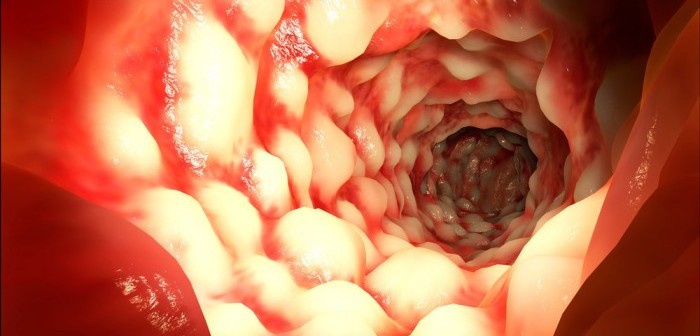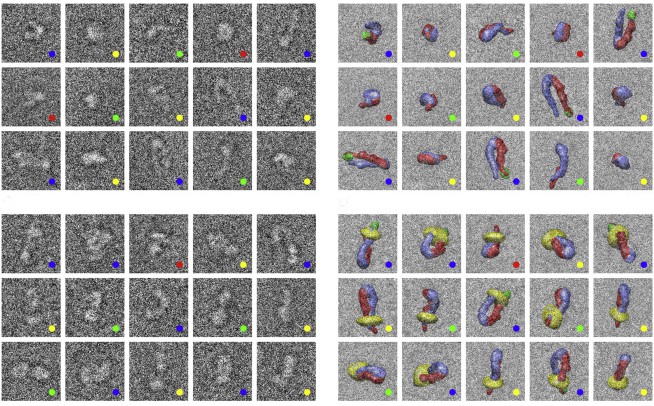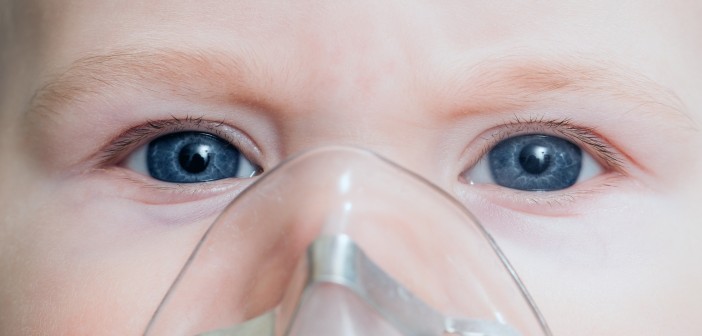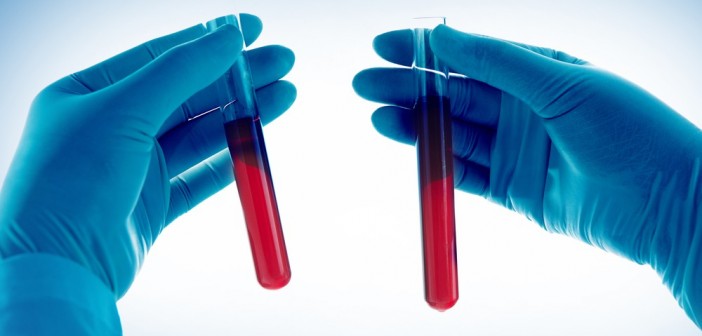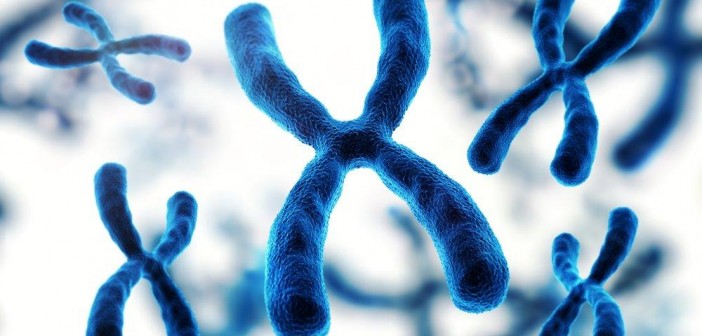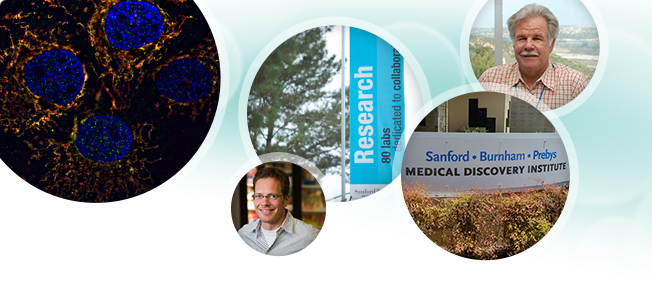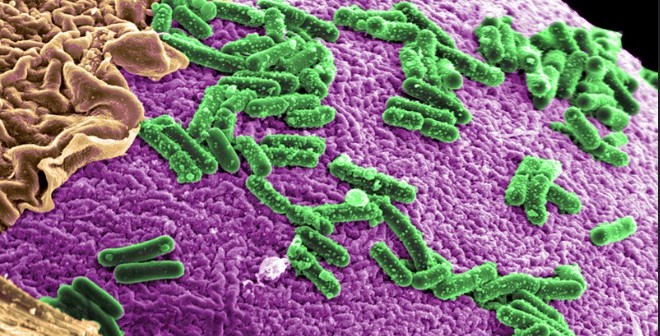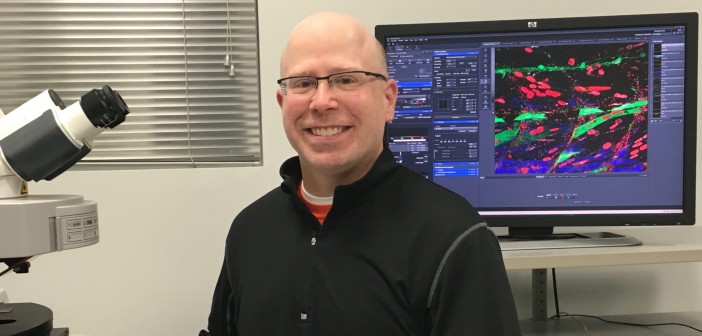Mirco Guigli, who defended his PhD thesis on February 25, represents another success for SBP’s graduate program. He not only developed a prototype microscope that has generated commercial interest, but has a clear plan for his future—he will join Vala Sciences to continue this work.
Guigli knew before coming to SBP that he intended to work in industry, which made him a good fit for the laboratory of Jeffrey Price, MD, PhD, an associate professor here and president and CEO of Vala. Price’s lab develops high-performance imaging technologies to support drug screening.
When asked how he decided on SBP for his graduate training, Guigli explained, “Jeff contacted me and suggested I come back to his lab to do a PhD—I had done an internship with him in 2009 as part of my masters program. I was actually pretty happy where I was, working as an electrical engineer designing a dialysis machine for a company in Italy, but I was 25 and had nothing to lose.”
His background in engineering was helpful for Guigli’s project, in which he designed, built, and adapted software for a microscope that offers a promising alternative to confocal microscopy. This system offers similar resolution to confocal, but takes up much less space and uses less intense illumination, allowing imaging of biological processes in real time.
This high resolution is possible because the microscope employs structured illumination, in which portions of the specimen are illuminated in sequential complementary grid patterns. While this approach has already been employed in commercially available microscopes, the key to this new system is the use of a digital micromirror (also used in IMAX projection) to control which parts of the specimen are illuminated. Because digital micromirrors are not microscopic, they’re easier to synchronize with image collection, which could make this microscope faster than what’s currently available.
While this project, focusing on technology rather than biology, is unusual for SBP, Guigli greatly values the knowledge he gained. “I was basically learning what a protein was at age 27. My fellow students, who mostly had experience in biological research, were really helpful. As we were discussing our projects over beers, they really wanted to help me understand their work. From those discussions, I also got a feel for biology as a whole, since they’re working on everything from HIV to muscle regeneration to Alzheimer’s.”





